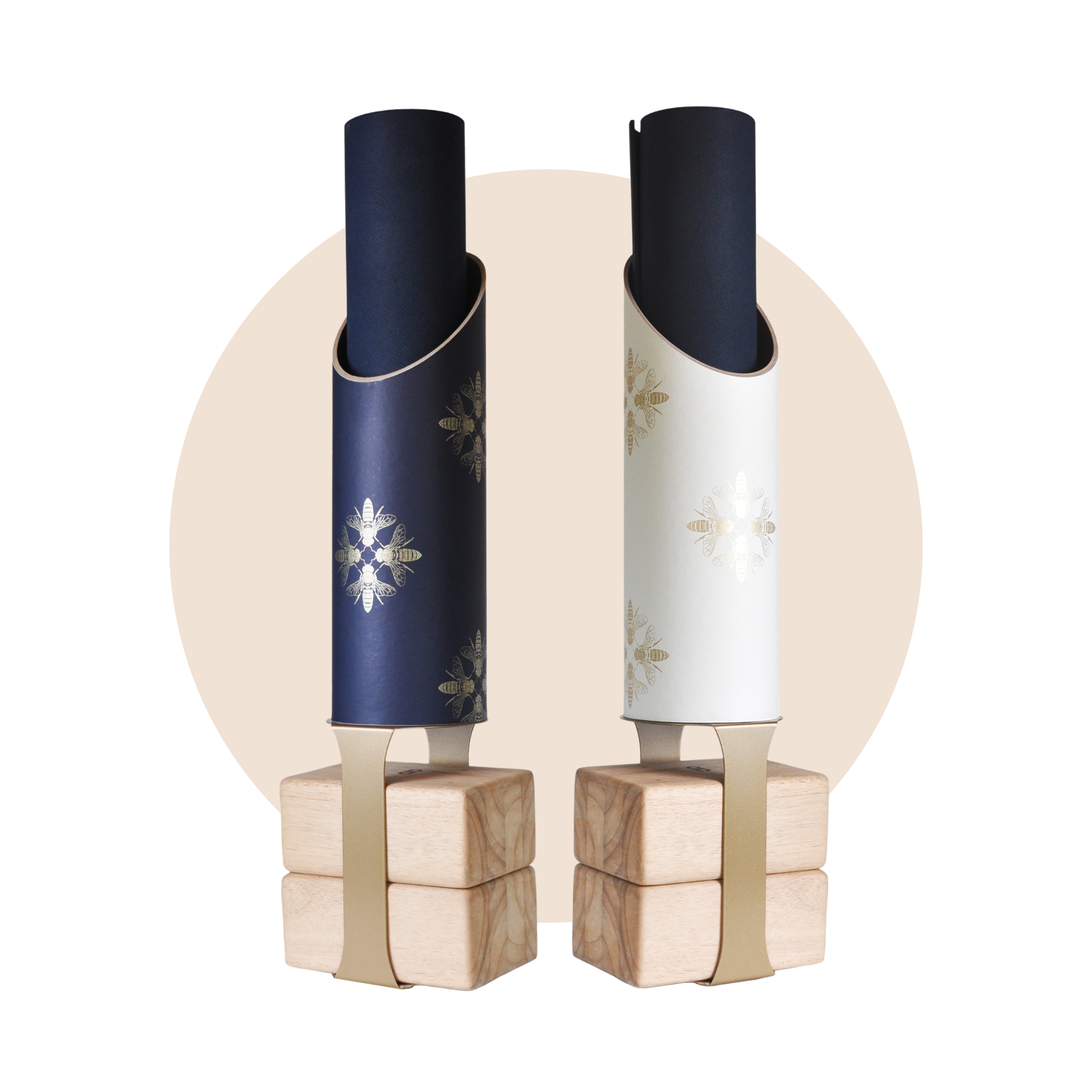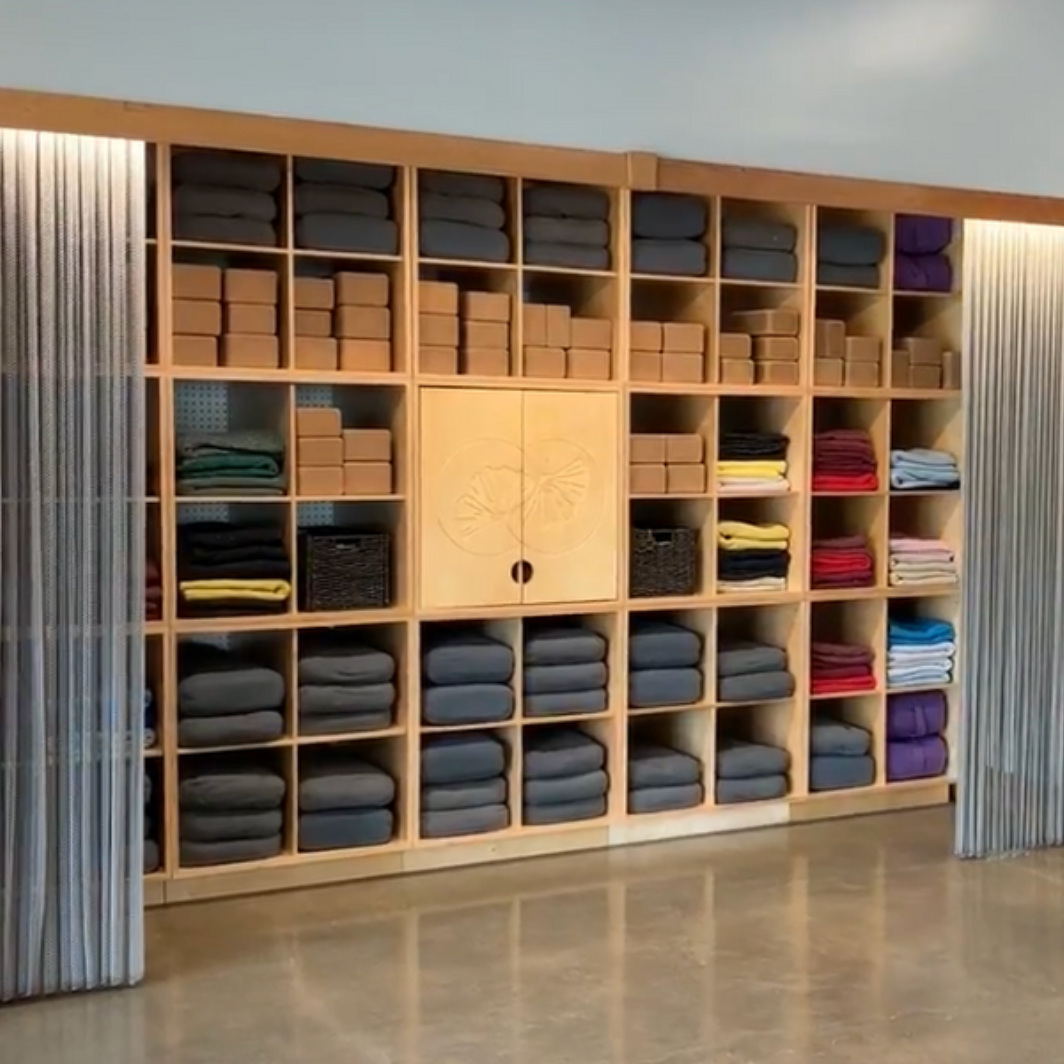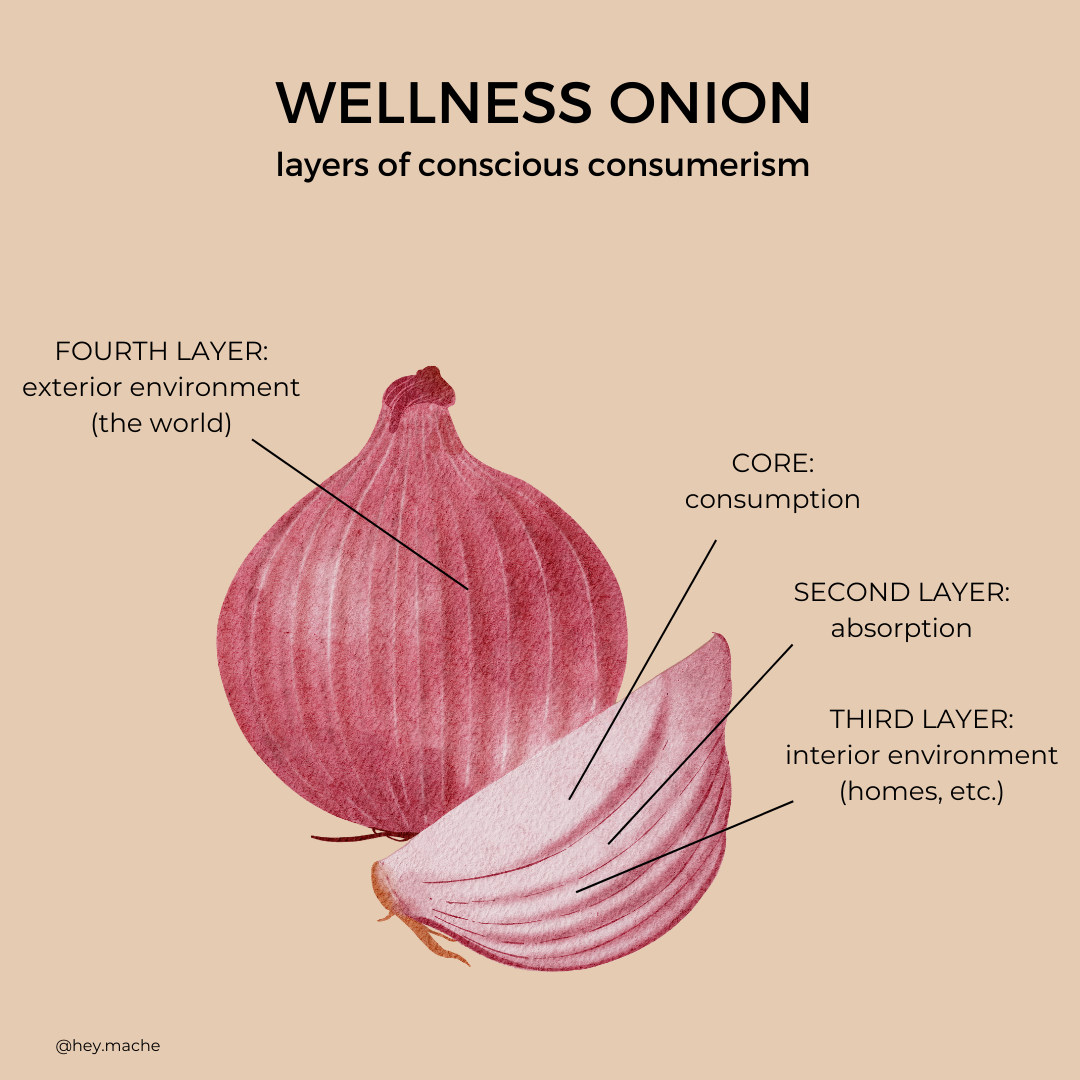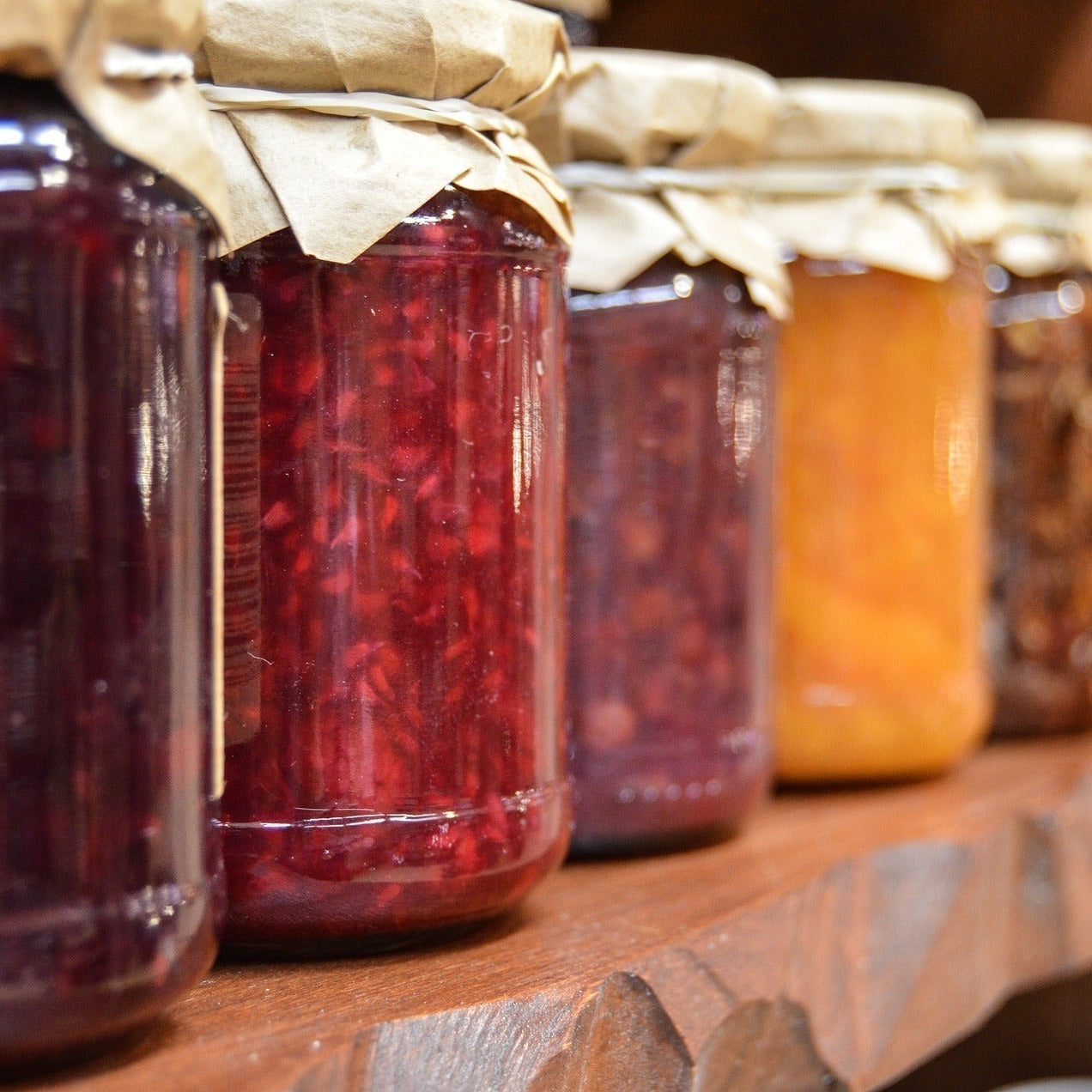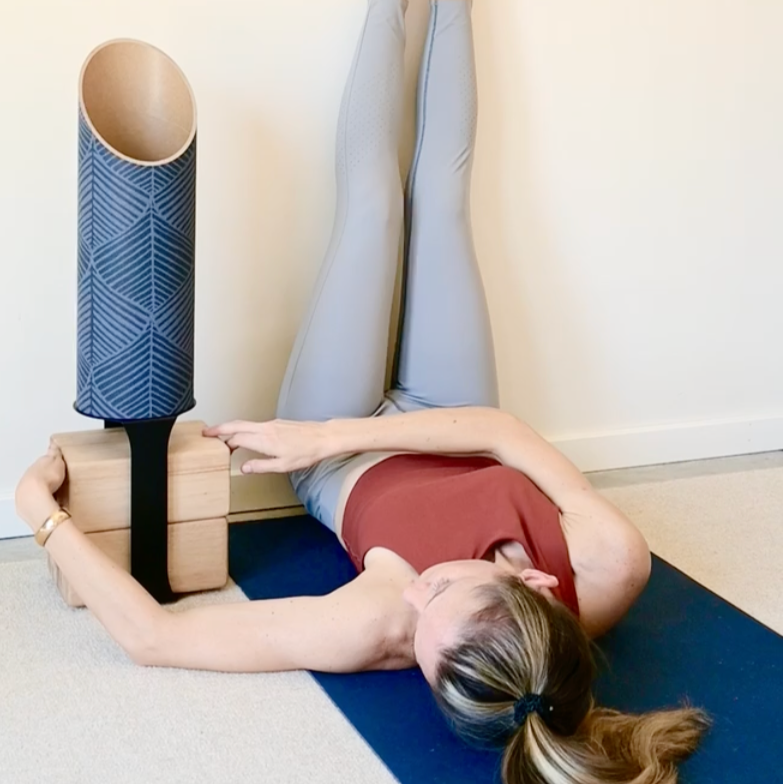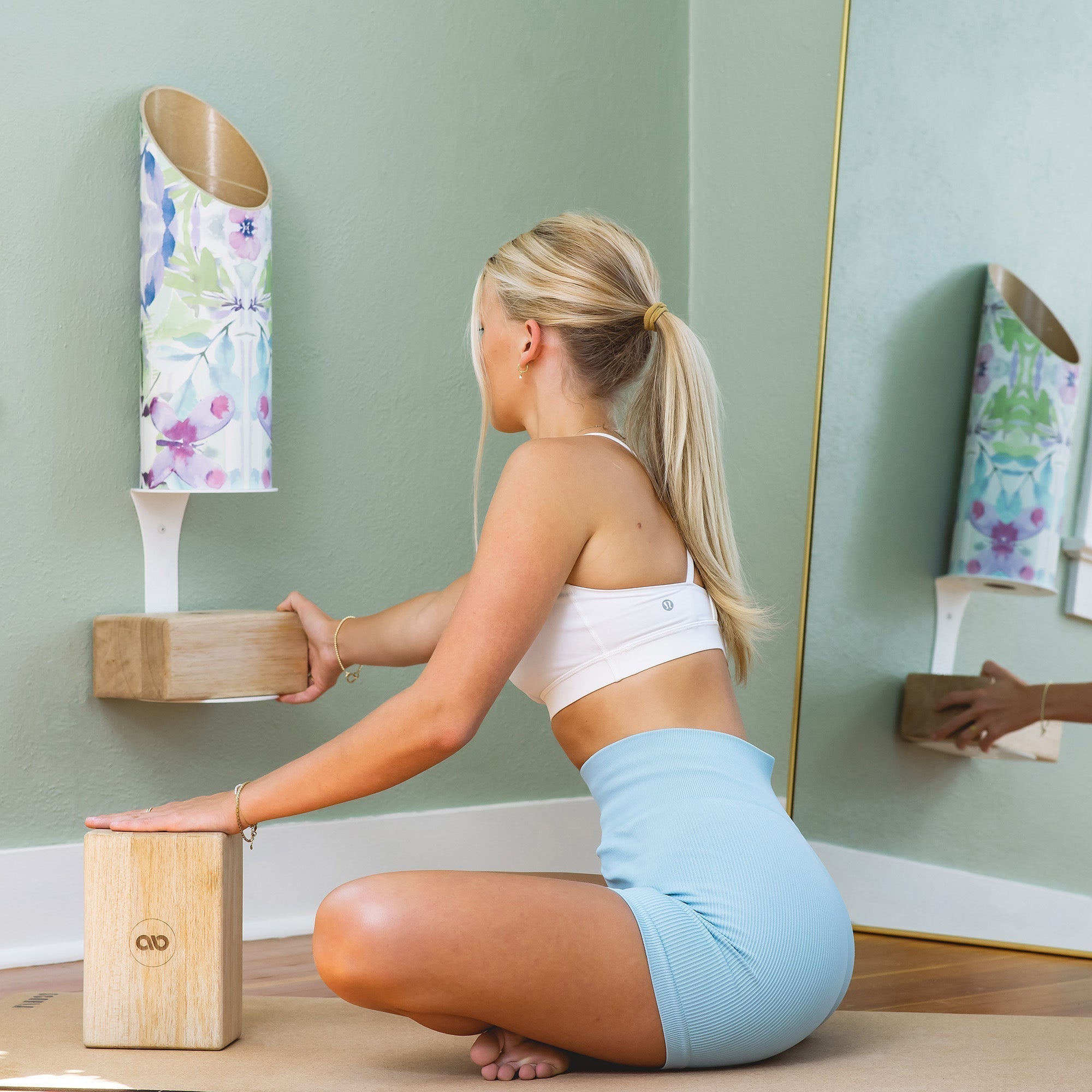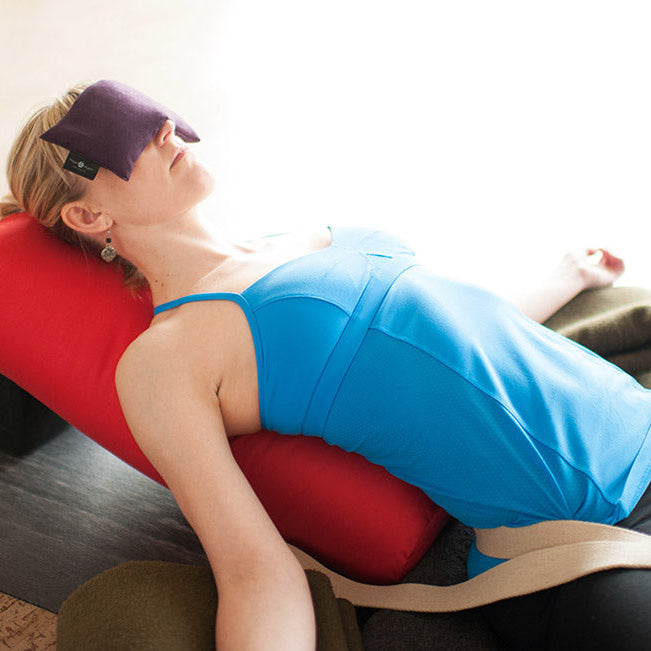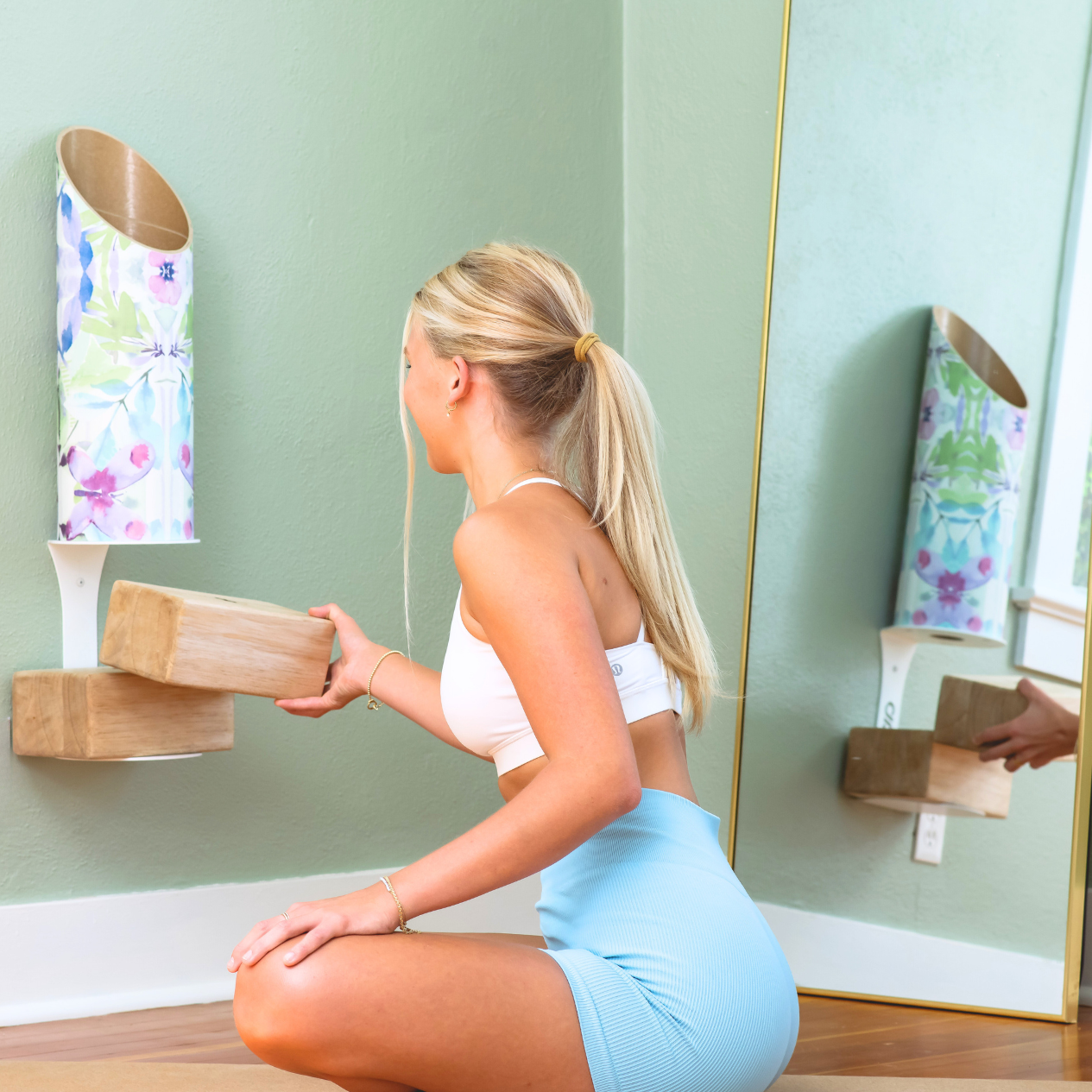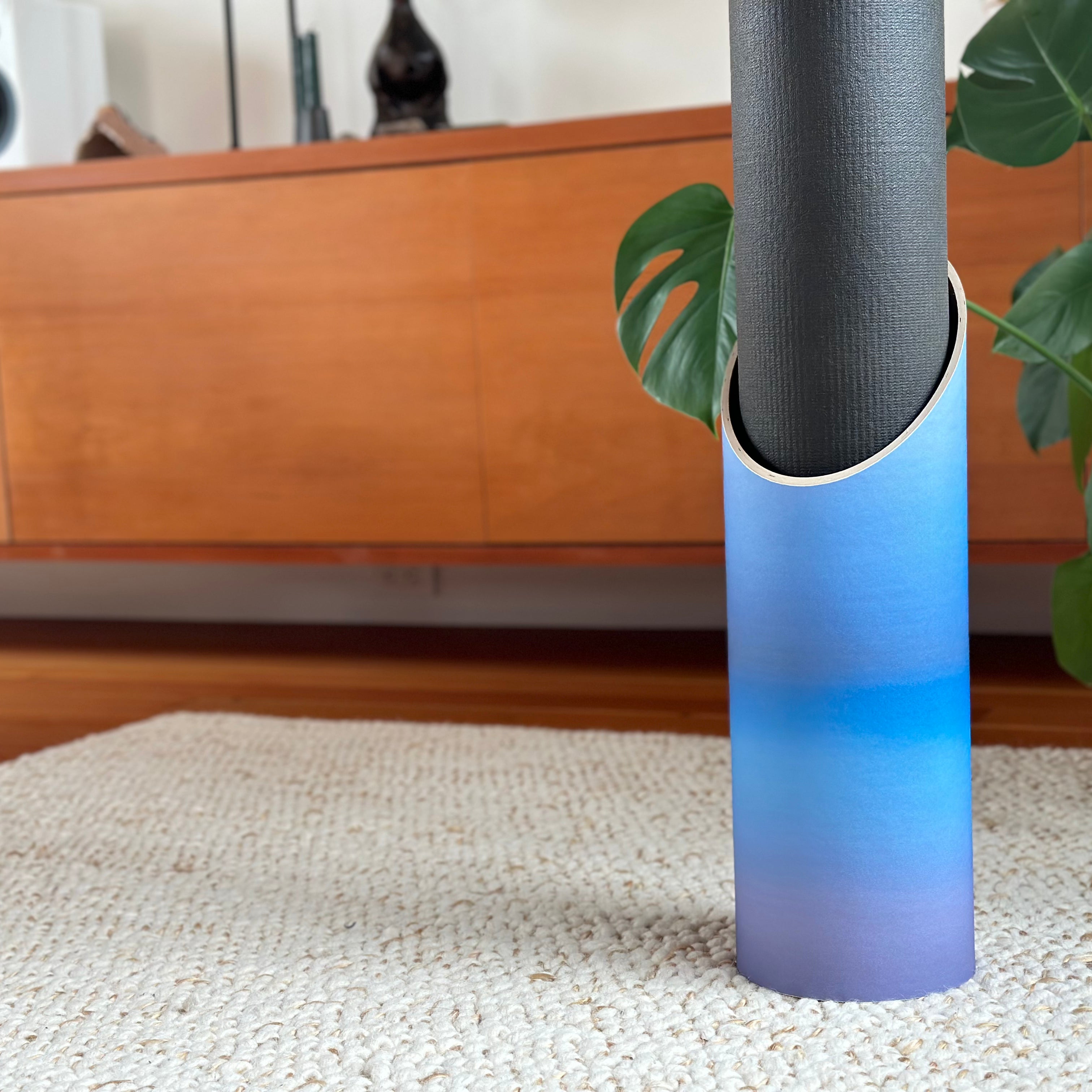Self-care. The term is everywhere these days, conjuring images of LED face masks, Gwenyth’s vagina candle, face yoga tutorials, and endless Instagram captions encouraging us to "take a break." I certainly did not grow up with the term, let alone the principles and strategies of self care, yet there is no doubt that it has exploded in mainstream popularity over the last couple of years. But where did the idea of “self care” come from? And what exactly is self-care?
Well, at its core, self-care is any activity that helps maintain or improve our mental, emotional, or physical well-being. It’s about recharging the batteries, filling the cup, putting on your oxygen mask first—you get the idea. But before we dive into our modern obsession with self-care, let’s take a little stroll down history lane to see where it all began. Spoiler: It’s been around way longer than face masks.
The Ancient Art of Self-Care
Walk Like an Egyptian: More than Just Pyramids + Pharaohs
Long before self-care was about finding the perfect sheet mask, the Egyptians were already onto something. They were masters of hygiene and skincare. You thought your skincare routine was complex? Cleopatra’s was a whole other level. She reportedly bathed in sour donkey milk (we’ll just stick to fresh oat milk, thanks) and slathered her skin in honey and oils to keep it moisturized in the dry Egyptian heat (not too far off from my current evening moisturizer routine!). Egyptians believed that cleanliness and physical upkeep were vital, not just for health, but for maintaining a connection with the divine. In other words, cleanliness was next to godliness for these ancient ancestors.
Their routines didn’t stop at the skin's surface. Impressively, Egyptians also practiced mental self-care. Meditation and spirituality were integral parts of their lives, as they believed maintaining internal balance was just as important as external beauty. It’s clear that we have come full circle as a conscious collective!
Do As the Romans (and Greeks) Did: Bathhouses + Balance
Meanwhile, over in Greece, philosophers like Hippocrates were laying the groundwork for what we now call holistic health. Hippocrates, often referred to as the "father of medicine," stressed the importance of balance: eating well, exercising, and taking care of both the body and mind. This was long before your yoga teacher started talking about balance between chakras—Hippocrates was basically the OG western wellness influencer.
The Romans took this a step further with their bathhouses, which were essentially the ancient world’s version of a day spa. Roman citizens would spend hours socializing, soaking in hot baths, getting massages, and even indulging in an early form of aromatherapy. They understood that relaxation was essential not just for personal health, but also for community well-being. This wasn’t just for the elite either—most Romans, regardless of social class, were encouraged to partake. Talk about communal self-care!

Traditional Chinese Medicine: Go with the Flow (of Chi)
On the other side of the world, traditional Chinese medicine (TCM) was—and still is—one of the most sophisticated self-care systems on the planet. Dating back over 2,500 years, TCM views health as a balance of yin and yang (opposing forces) and the flow of “chi” (life energy) through the body. Practices like acupuncture, herbal medicine, and tai chi were designed to keep that chi flowing smoothly, promoting harmony between the mind, body, and environment.
While Western medicine often focuses on curing illness, TCM is more about prevention—keeping everything in balance so sickness doesn’t stand a chance. Sounds pretty familiar, doesn’t it? Next time you pull out those ear seeds or brew up some herbal tea, remember, the roots of that routine may trace all the way back to ancient China.
Ayurveda: The Science of Life
Over in India, Ayurveda, a sister discipline to Yoga and one of the world’s oldest medical systems on Earth, was emerging around the same time as TCM. "Ayurveda" translates to "the science of life," and it’s all about balancing the elements within the body (air, fire, water, earth, and ether). Ayurveda prescribes customized wellness routines, including diet, yoga, meditation, and massage, all tailored to a person’s specific body type or "dosha." If you do not know your Dosha already, take this quiz to find out and unlock a whole new world of self care, specifically designed to support your unique constitution.
Self-care, according to Ayurveda, wasn’t just about pampering—it was about maintaining harmony with nature and the universe. They were basically saying, “Hey, your body is a living temple, treat it like one.” Except, instead of popping by the juice bar for a post-yoga smoothie, an Ayurvedic practice might involve sipping spiced chai or indulging in a relaxing self-massage with heated oil, or Abhyanga. Sign me up.
Self Care Set Back in the Middle Ages: Hygiene Takes a Hiatus
Let’s take a pause here for a historical plot twist, shall we? Around the Middle Ages, all things wellness took a bit of a nosedive, at least in Europe. While Eastern civilizations were refining their self-care rituals, medieval Europeans were suspicious of anything that involved cleaning or pampering the body. Bathing? That was considered down right dangerous. Health was supposedly dependent on keeping your "humors" in check (bodily fluids like blood and bile), and it was believed that taking a bath could throw them all out of whack. So, the soap stayed on the shelf for a long, long time.
But don't worry! Humans have a knack for bouncing back… or perhaps the smell just became too much, either way, a rebirth is just around the corner.

The Renaissance: Rediscovering Wellness
By the Renaissance, Europe had a bit of a self-care renaissance of its own. Science and art were flourishing, and so were new ideas about health and the human body. Fortunately for all equipped with noses and eyes, there was a return to ancient Greek and Roman ideals of balance, cleanliness, and physical well-being. The wealthy indulged in therapeutic baths, and new spa towns sprang up across the continent. You could say that Renaissance folks were the first to book an all-inclusive wellness retreat—minus the yoga gears and LuluLemon bras.

The Industrial Revolution: Work, Work, Work (+ Burnout)
As we entered the Industrial Revolution, self-care took a back seat. Long working hours, cramped conditions, and the stress of city life meant people were more focused on surviving than thriving…does this philosophy sound familiar? Rest became a luxury few could afford. The idea of taking care of oneself wasn’t exactly top of mind when people were working 12-hour days in factories.
However, this revolutionary era also laid the groundwork for the labor rights movements that would later give us the weekend (thank you!). And with the weekend came more time to, you guessed it, take care of ourselves.

The Modern Wellness Era: The Rise of "Me Time"
Fast forward to the 20th century, and self-care starts to be re-prioritized in society. With the rise of psychology and the understanding of mental health, the idea of "me time" became increasingly important. People began to recognize that taking care of one’s mental well-being was just as crucial as physical health. The 1960s and '70s saw the rise of the self-help movement, with books, seminars, and live workshops designed to help individuals grow, heal, and, well, help themselves.
By the time we reached the 21st century, the concept of self-care had evolved into a full-on cultural phenomenon. A report in 2022 suggested that the global wellness industry is valued over $5 trillion and surpasses the GDP of Germany! This sharp spike in the self care industry is no doubt a reaction to living in a world where being “busy” is often worn like a badge of honor. Thankfully, amidst the hustle, people started realizing they needed to slow down. Enter the modern self-care movement: everything from mindfulness apps to eco-friendly yoga gear, and, of course, bubble baths with bath bombs. Lots and lots of bath bombs.

Design Your Own Self-Care Routine
So, what can we learn from this long history of self-care across the globe? For one thing, self-care is nothing new. Humans have always sought ways to nurture their physical, emotional, and mental well-being, even if those methods have changed dramatically over time. From Cleopatra’s skincare regime to Roman bathhouses, and from Ayurvedic cleansing practices to modern mindfulness retreats, self-care has evolved but stays rooted in one simple idea: taking care of yourself matters.
The good news is that self-care doesn’t have to involve milking a donkey or spending hours in an expensive day spa. You can design a self-care routine that fits your life and preferences. I suggest you start small:
Check in with yourself.
Get in the habit of regularly asking yourself: what do I need right now? Maybe it’s rest, exercise, a little pampering, or even a good, hard ugly cry. Treat yo’self.
Tailor it to you.
Are you more of a morning meditator or an evening bubble bath kinda wellness warrior? Perhaps throwing axes or bird-watching at dawn is really more your speed. Make sure your routine feels authentic to your life, your desires and your needs.
Make it sustainable.
You don’t need a two-hour self care routine every day (unless that’s your thing, in which case, rock on). Even five minutes of intentional self-care can make a dramatic difference, rippling through your life in subtle and sweet ways.
Remember, self-care is a practice, not a one-time event. So whether you’re reaching for an Ayurvedic oil blend or a cozy blanket and a book, your bespoke self-care routine is really about one thing: showing yourself a little love in a world that sometimes asks for too much.
Now go, and take care of you—Cleopatra would approve.

